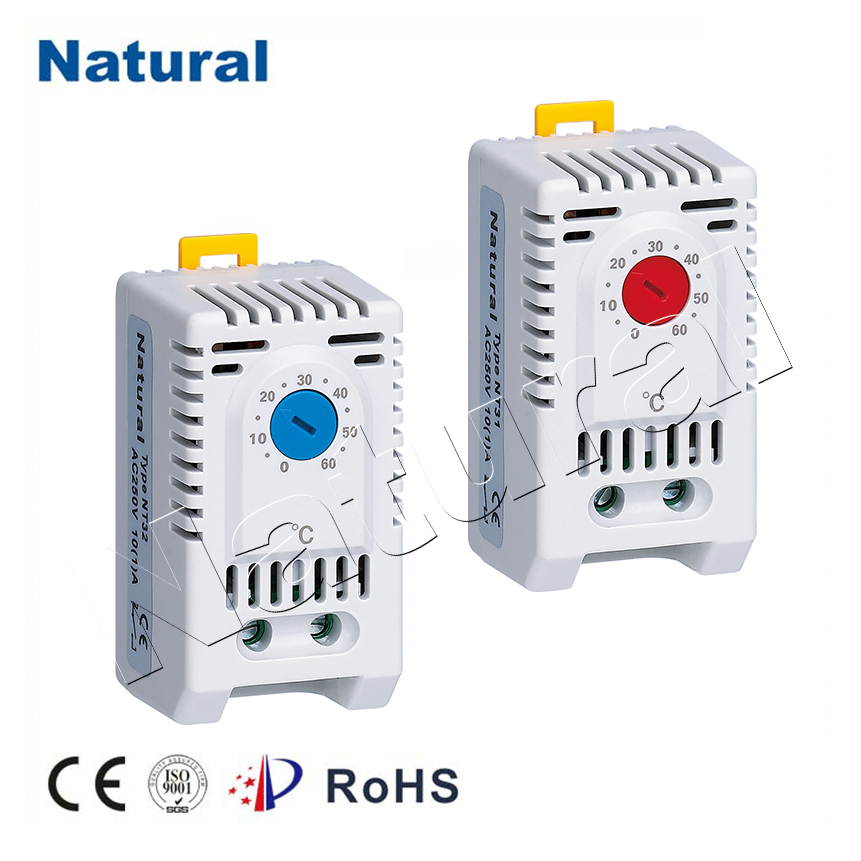文章正文:

In the ever-evolving world of technology, innovation knows no bounds. The latest breakthrough in temperature control is the DIN thermostat, a device that is changing the way we manage and regulate temperatures in various industrial and residential settings. In this article, we will delve into the world of DIN thermostats, exploring their features, benefits, and the impact they are making on our lives. What is a DIN Thermostat? DIN, which stands for “Deutsche Industrie Norm,” refers to a widely recognized industrial standard in Germany. DIN thermostats are temperature control devices designed to meet these rigorous German engineering standards. They have gained popularity not only in Germany but also globally due to their precision, reliability, and versatility. Key Features of DIN Thermostats DIN thermostats are packed with features that make them stand out in the world of temperature control. Here are some of the key attributes that set them apart: Accuracy:DIN thermostats are known for their exceptional accuracy in maintaining temperatures. They use advanced sensors and control algorithms to ensure precise temperature regulation, making them ideal for applications where temperature consistency is critical. Compact Design:These thermostats come in a compact DIN rail-mountable design, which makes them easy to install in industrial control panels and electrical enclosures. This space-saving design is highly practical, especially in environments where space is limited. Wide Temperature Range:DIN thermostats can operate in a wide temperature range, from sub-zero temperatures to high-temperature environments, making them suitable for a broad spectrum of applications, including refrigeration, heating, and industrial processes. Versatility:They offer various input and output options, enabling compatibility with different types of sensors and control devices. This versatility allows users to customize the thermostat to suit their specific needs. User-Friendly Interface:Many DIN thermostats feature intuitive user interfaces with digital displays, making it easy for operators to set and monitor temperature parameters. Some models even offer remote monitoring and control options, enhancing convenience and flexibility. Benefits of Using DIN Thermostats The adoption of DIN thermostats comes with several notable benefits: Energy Efficiency:Their precise temperature control reduces energy consumption by minimizing temperature fluctuations, which is particularly important in industries where energy costs are a significant concern. Improved Process Control:DIN thermostats play a crucial role in maintaining consistent temperatures in industrial processes, ensuring product quality and process efficiency. Reliability:These thermostats are built to last, with robust construction and durability. They can withstand harsh environmental conditions and heavy-duty usage. Cost Savings:The long-term cost savings achieved through reduced energy consumption and minimized downtime justify the initial investment in DIN thermostats. Applications of DIN Thermostats DIN thermostats find applications in various industries, including: Manufacturing:Used in industrial ovens, furnaces, and production lines to maintain precise temperatures. Food and Beverage:Employed in refrigeration and temperature control systems to preserve food quality. HVAC (Heating, Ventilation, and Air Conditioning):Integrated into building management systems to optimize indoor climate control. Laboratory and Research:Utilized in scientific equipment to ensure temperature stability during experiments and tests. Conclusion DIN thermostats have emerged as game-changers in the field of temperature control. Their accuracy, versatility, and energy efficiency make them indispensable in a wide range of applications, from industrial processes to residential HVAC systems. As technology continues to advance, we can expect DIN thermostats to remain at the forefront of temperature regulation, contributing to a more efficient and sustainable future.